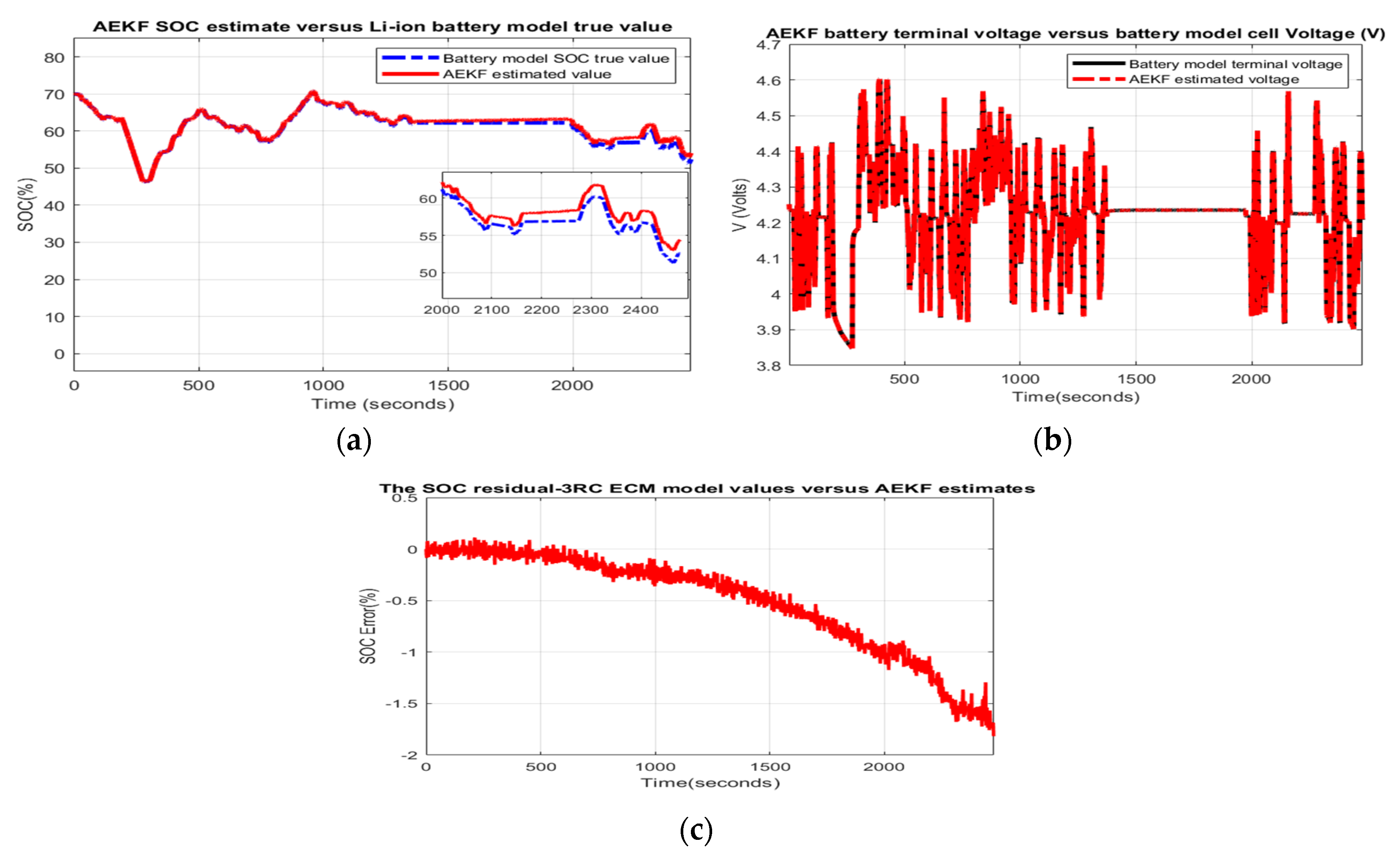

#MATLAB B VALUE CRACK#
Wyss and his co-workers (Wyss et al., 1997) pointed out that mapping the b-value is equivalent to mean magnitude and assumes that this is proportional to the mean crack length. Several studies in both seismology and the mining environment support this notion. Assessing the spatial variation in the b-value forms one of the key components of any seismic hazard map.Īpart from the obvious importance of the b-value for hazard assessment, it is also a valuable parameter for interpreting the rock mass deformation and failure mechanism. The b-value describes the frequency distribution of magnitudes occurring in a given seismic data-set and, as such, is a key component in any seismic hazard assessment.

The frequency-magnitude relationship (inverse cumulative distribution) of seismic event magnitude generally follows a power law relationship which is often described by the well-known GR relationship. The paper discusses the algorithm for spatially sub-sampling the data as well as the algorithm for obtaining the m min and b-value for every spatial sub-sample. As both these parameters vary spatially and temporally, it is necessary to automatically obtain the most likely m min and b-value for every spatial subset of data. To estimate the b-value requires that the magnitude of completeness, m min, is known.

This paper focuses specifically on obtaining the b-value, as it is quite involved and warrants a separate discussion. The assessment of the spatial variation of seismic parameters in general is discussed in a sister paper in this volume (Wesseloo et al., 2014). Estimation of the spatial variation of the b-value is useful for both the general interpretation of the mechanism of rock mass response as well as seismic hazard assessment (Wesseloo 2013). One of the cornerstones of seismic data interpretation and hazard assessment is the Gutenberg-Richter (GR) relationship in the frequency-magnitude plot. Keywords: mine induced seismicity, seismic hazard assessment, Guttenberg-Richter relationship, b-value, spatial evaluation. The algorithms presented enable the automation of a spatial evaluation of b-value.
#MATLAB B VALUE VERIFICATION#
The methods applied to evaluate the spatial variation of b-value and the algorithm for obtaining the magnitude of completeness and b-value for subsets of data are presented with some verification analyses. The interpretation of b-value as a parameter of rock mass response is discussed in this paper. The estimation of the spatial variation of the b-value of the Gutenberg-Richter relationship is important for both the general interpretation of the mechanism of rock mass response and seismic hazard assessment. It is a good programming practice to initialize variables properly, otherwise your program may produce unexpected results, because uninitialized variables will take some garbage value already available at their memory location.6TH SOUTHERN AFRICAN ROCK ENGINEERING SYMPOSIUMĮvaluation of the spatial variation of b-valueĪustralian Centrefor Geomechanics, The University of Western Australia, Australia Global variables are initialized automatically by the system when you define them as follows − Data Type

When a local variable is defined, it is not initialized by the system, you must initialize it yourself.
#MATLAB B VALUE CODE#
When the above code is compiled and executed, it produces the following result − Printf ("value of b in sum() = %d\n", b) Printf ("value of a in sum() = %d\n", a) Printf ("value of c in main() = %d\n", c) Printf ("value of a in main() = %d\n", a) * local variable declaration in main function */


 0 kommentar(er)
0 kommentar(er)
